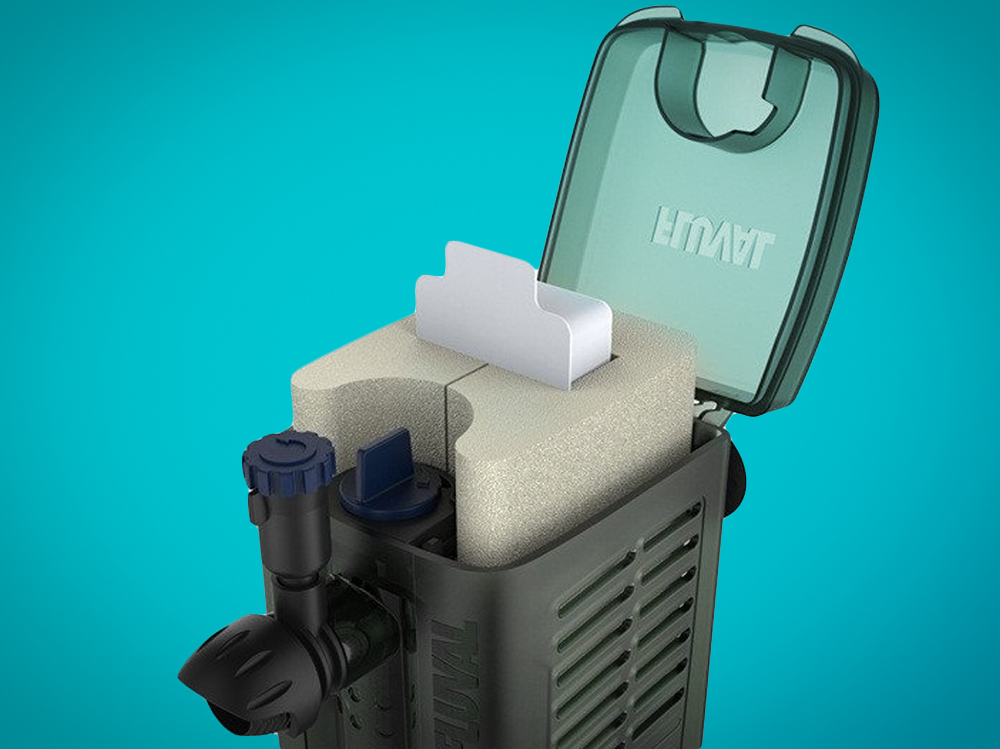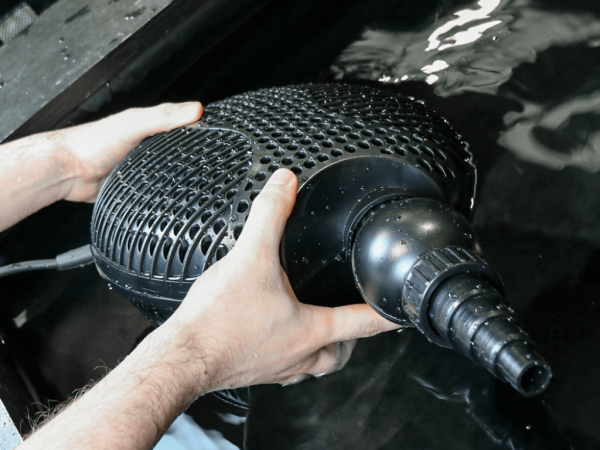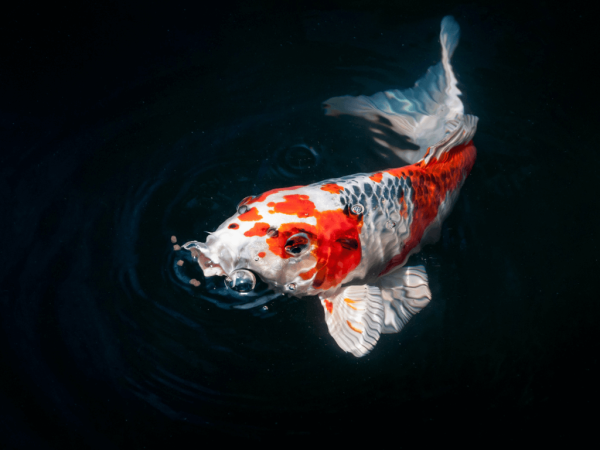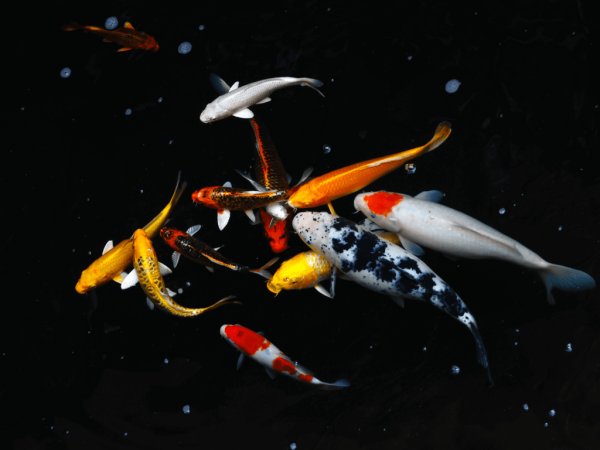What is the best aquarium filter?
Like pond filters, aquarium filters are vital life support systems for aquarium fish.
Without filters, and the beneficial bacteria inside them, we would not be able to keep fish as their tanks would pollute and they would poison themselves with their own waste. Filters come in all shapes and sizes and there is one to suit every tank size and budget. But which is the best aquarium filter?
Freshwater fish filter basics
Every filter needs to clear water and convert toxic ammonia into less harmful substances. Trapping waste is called mechanical filtration and converting waste using bacteria is called biological filtration. If you want to absorb something from the water or alter it, that’s called chemical filtration.
The best filters will combine mechanical, biological and chemical filtration, but simple foam filters can mechanically and biologically filter using just a sponge. You need small filters for small tanks and big filters for big tanks and big messy fish. The larger the filter output and media volume, the larger the tank it can filter and the more fish it can support.
Internal filters are the easiest
Internal filters go inside the tank and can be air powered by an air pump or water-powered by a powerhead. They are simple to use and install, small, so good for small tanks, and cheap to run. An air-powered sponge filter is necessary for tanks containing fish fry as they use very gentle filtration and sponge filters won’t suck up the baby fish. Sponge filter and air pumps are popular with shrimp tanks too.
Internal power filters create a jet of water and suck in more waste, and are the biggest selling type of filter. They are also known as canister filters.
Basic internal filters contain just one sponge, but the best ones have two sponges for alternate cleaning, space to put some chemical media like activated carbon, and even an extra, biological filter media section for separate bio-media like ceramics.
The icing on the canister fish tank filter cake is a venturi device, which blows tiny bubbles into the water at the same time that water is pumped, providing extra aeration. You then don't need an air pump.
Choose a small internal canister filter for a nano tank and the largest model for large aquariums, or double up and have one internal power filter at each end of the tank. You can alternate cleaning then too, to keep beneficial bacteria levels high, and enabling them to work properly.
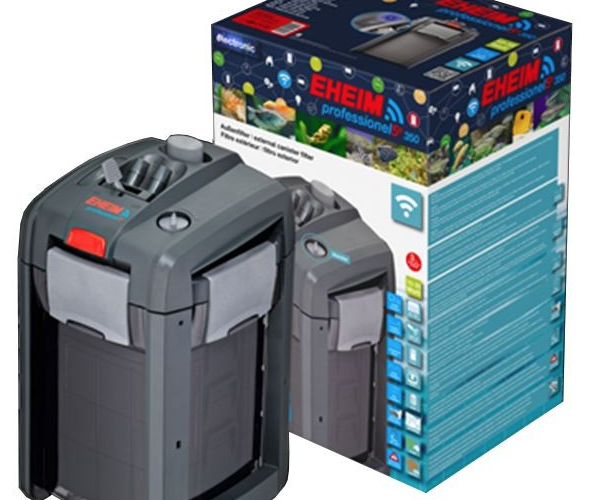
Use external filters for large aquaria
External filters are large canister filters which sit inside the cabinet underneath the tank. They combine mechanical, biological and chemical media for all-round, powerful filtration. They are best for large tanks and large fish, but can also be doubled-up for extra-large or extra messy situations.
They are more complicated to set up than internal filters and have the potential to leak if installed incorrectly. But do it right and you’ll have no leak problems and peace of mind. Millions are used on fish tanks all over the world.
So which is the best aquarium filter for freshwater fish?
Just like cars, fish tank filters come in all shapes and sizes to do different jobs, in different applications. If you want cheap, small and simple, opt for an internal power filter. If you want dirt busting capabilities and strong water flow go for an external.
But as good as any new filter is, it's filter media is sterile when you buy it and will need to be matured with beneficial bacteria before being capable of supporting fish. Mature all new tanks, filters and biological filtration before adding fish, and test water for pH, ammonia, nitrite and nitrate. Always dechlorinate tap water.
While you're thinking about your aquarium filter, you might want to stock up on aquarium filter media. Why not try our brand-new pro filter media including Swell Aquarium Activated Carbon, Swell Aquarium Nitrate Remover Media, Swell Aquarium Phosphate Remover Media, Swell Aquarium Ultra Porous Biological Filter Media and Swell Aquarium Nitrate Remover Resin?




